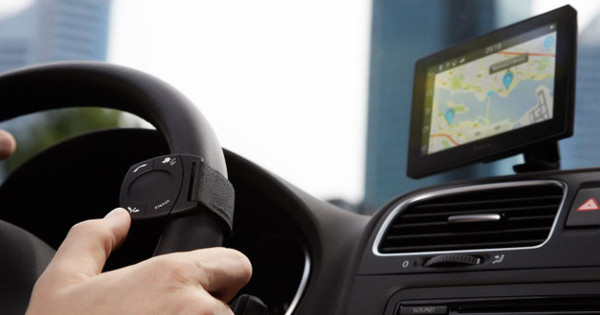Goodbye notebook, hello digital notebook! With these 15 smart tips for OneNote, you can organize your thoughts, to-do lists, notes and other notes even better. Because with the free OneNote, Microsoft offers you a great solution for making notes or saving information on the go or at home.
About OneNote
Have you never worked with OneNote before? The operation does not differ much from what you are used to from the traditional notebook. In OneNote you organize information in one or more Notepads. Such a notepad is divided into Sections (tabs) and each section contains Pages and subpages. These contain all information that you collect, scribble or paste. Not only text and images but also tables, audio, video, links and even files. And because OneNote syncs all this info via OneDrive, you always have the latest version at your fingertips on any device.
1 Store web notes smarter
Due to the many improvements, the Egde browser from Microsoft is on the rise. One of the useful functions of this browser is the possibility to create web notes using the pen icon at the top right. You can then, for example, highlight text on a web page and add notes or a drawing and save it. You can choose to save your note in your Favorites, Reading List or send it directly to OneNote.

2 Back in time
Do you use OneNote to work on a manuscript, for example, or do you collaborate on notes with other people? In that case, you may want to review which changes (revisions) have been made to a particular page in OneNote in the past. In OneNote you can see this by right-clicking on a page and choosing in the menu that appears Page Versions. In OneNote 2016 this is called Show page versions. On the right side you will see an overview of all older versions of that page.
3 Create voice notes
You can make audio recordings in all versions of OneNote. This is especially useful with the mobile version because writing notes here often goes a lot slower than when you use your PC or laptop. To make an audio recording, first go to the page where you want to record it (or create a new page). Then go to the tab Insert and use the button with microphone to start recording. Recordings are neatly saved with time and date.

4 Retrieve deleted notes
Have you – on purpose or not – deleted a page or note in OneNote? There is a possibility to get it back above water. In OneNote 2016, go to the section History and click Trash can for notepad. You now get an overview of all notes that have been deleted from the relevant notebook. In OneNote you can call this function by choosing Image and then clicking Deleted Notes.
5 Backup
Are you using OneNote 2016? Then by default all your notebooks are backed up every week. It is possible to adjust this interval and change the location of the backups, and to create a backup manually. Go to File and choose Options / Save & Backup. You will now see an overview of all settings related to automatic backups. With the button Back up all notebooks now make a copy manually. Restoring a backup is done via File / Info and the button Open backup at the right.

6 Make notes more accessible
OneNote (but not OneNote 2016) offers the ability to pin a particular page or note from your notebooks to the Windows start menu. To do this, right-click on the appropriate page in OneNote and choose from the menu that appears for Pin to Home screen. After you confirm that you want this, a tile for that note will be created in the Windows start menu.
7 Docking Notes
OneNote 2016 has a handy feature where your note will be on the far right side of the screen and all the unnecessary bells and whistles disappear. Other windows will not overlay OneNote, even when maximized. It is especially useful if you collect information on the Internet, for example for a vacation. To dock a note, use the Ctrl+Alt+D key combination or go to OneNote 2016 Image / Docks on desktop.


